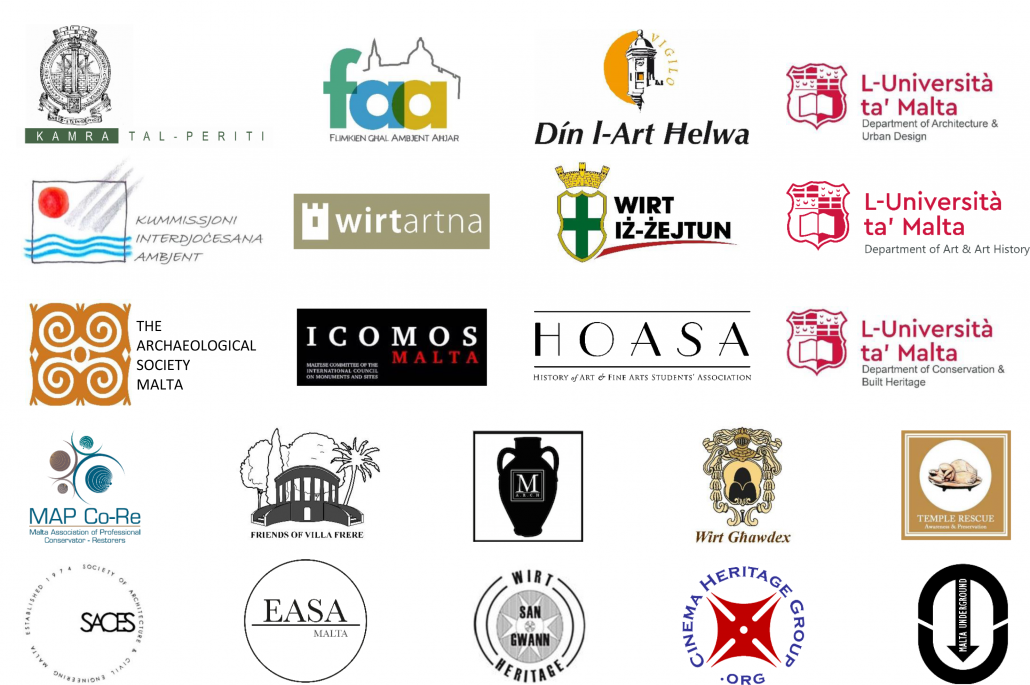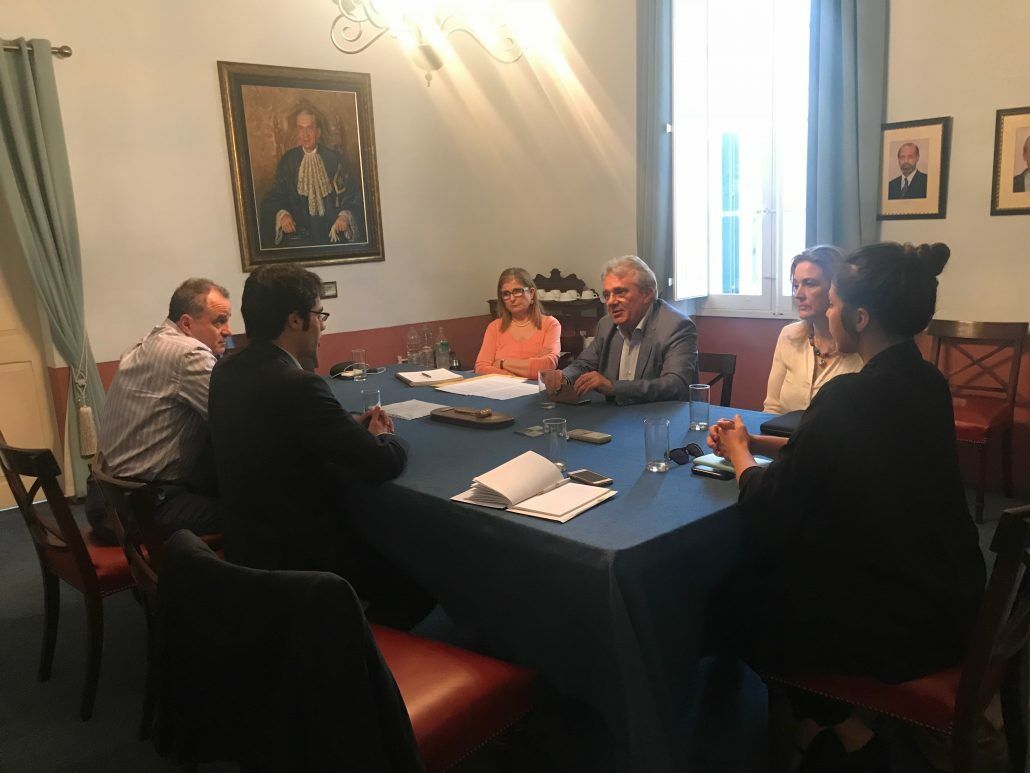DIR 01/23 | Development within UNESCO buffer zones of the megalithic temples in Malta
As professionals in the field of architecture and engineering, it is imperative that we approach the design and planning of development projects within the buffer zones of UNESCO World Heritage Sites with the utmost care and sensitivity. This Directive outlines the guidelines and standards to be followed in the planning and design of development within the buffer zones of megalithic temples in Malta.
This Directive sets out the limitations on the types of development that can be carried out within the buffer zones of megalithic temples in Malta and provides technical guidance on how to go about carrying out such projects in compliance with these guidelines.
-
Limitations on Development:
In accordance with Article 3 (1) of the Periti Act (Cap. 622), which states that the practice of architecture and civil engineering is a regulated profession with the overriding need to protect public interest, particularly in relation to issues of public health and safety, protection of the environment, protection of cultural heritage, and structural integrity of buildings and structures, only development that is consistent with the purpose and intent of the buffer zones and the UNESCO World Heritage Convention may be carried out within the buffer zones designated for the megalithic temples.
-
Limitations on Scale and Design:
Development within the buffer zones must be of a scale and design that is appropriate and compatible with the international architectural and cultural heritage value of the megalithic temples and their buffer zones. Members must ensure that the height, bulk, and massing of the development are in proportion to the surrounding environment and do not negatively impact the visual, physical, or environmental integrity of the site and the surrounding landscape.
The following types of development within the buffer zones of the megalithic temples in Malta would be considered by the Council to give rise to potential professional misconduct:
- Development that would alter the physical, visual or environmental integrity of the megalithic temples, their buffer zones and surrounding landscape.
- Development that would have a negative impact on the cultural or natural heritage value of the megalithic temples, their buffer zones and surrounding landscape.
- Development that would alter the views or vistas of and from the megalithic temples, their buffer zones and surrounding landscape.
-
Compliance with International Conservation Charters:
All development within the buffer zones of UNESCO World Heritage Sites in Malta must be carried out in compliance with the relevant international conservation charters, such as the UNESCO World Heritage Convention and the ICOMOS (International Council on Monuments and Sites) charters, including the Venice Charter, the Burra Charter, and the Nara Document on Authenticity. These charters set forth principles and guidelines for the conservation of cultural heritage sites, including the use of materials, techniques, and designs that are consistent with the original character of the site.
-
Adherence to Davos Baukultur Quality System:
The Davos Baukultur quality system is a set of standards and guidelines for the design and construction of development projects in cultural heritage contexts. All members must adhere to these standards when carrying out development within the buffer zones of UNESCO World Heritage Sites in Malta, to ensure that the development is of high quality and consistent with the principles of cultural heritage conservation and best international practice.
-
Technical Guidance:
In accordance with the above principles, members must follow the following technical guidance when carrying out development within the buffer zones of megalithic temples in Malta:
a) Materials and Techniques:
Members must use materials and techniques that are compatible with the cultural and historical context of the site. This may include the use of traditional building methods and materials, such as local stone, as well as modern materials and techniques that are appropriate for the site.
b) Design and Scale:
Members must ensure that the scale, design and location of the development are compatible with the buffer zones and do not negatively impact the visual, physical or environmental integrity of the site and the surrounding landscape.
c) Archaeological Impact Assessment:
Members must carry out an archaeological impact assessment prior to submitting a planning application, to assess the potential impact of the development on the cultural heritage value of the megalithic temples and the buffer zones. The assessment should be included with the planning application.
d) Consultation with Heritage Authorities:
Members must consult with the relevant heritage authorities and organisations, such as the Superintendence of Cultural Heritage and Heritage Malta, to ensure that the development proposal is also consistent with their heritage policies and guidelines.
e) Monitoring and Review:
Members must continuously monitor and review the development to ensure that it remains compliant with the relevant planning regulations, policies, and guidelines, and does not negatively impact the heritage value of the megalithic temples, their buffer zones and surrounding landscapes.
The Council of the Kamra tal-Periti takes the responsibility to ensure that all members of the profession act responsibly and ethically, having due regard for sustainable development practices, the protection of the national, cultural, social, and environmental heritage entrusted to it through the new Periti Act very seriously.
Members must follow these guidelines when designing and seeking planning permission for development within the buffer zones of the megalithic temples of Malta to ensure that our profession is associated with the highest standards of professionalism, integrity, and sensitivity to the cultural heritage of our country.
Perit André Pizzuto
President



